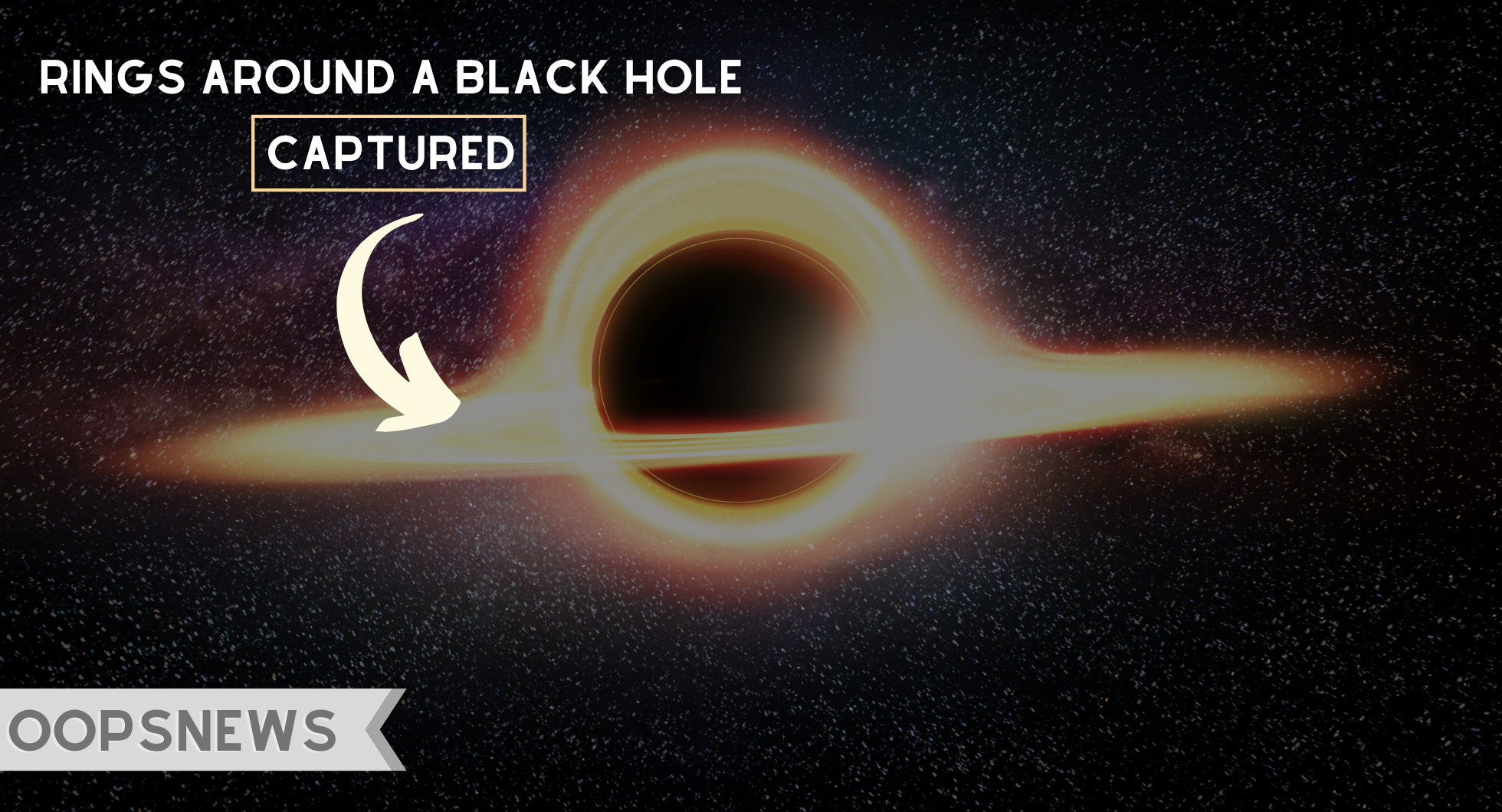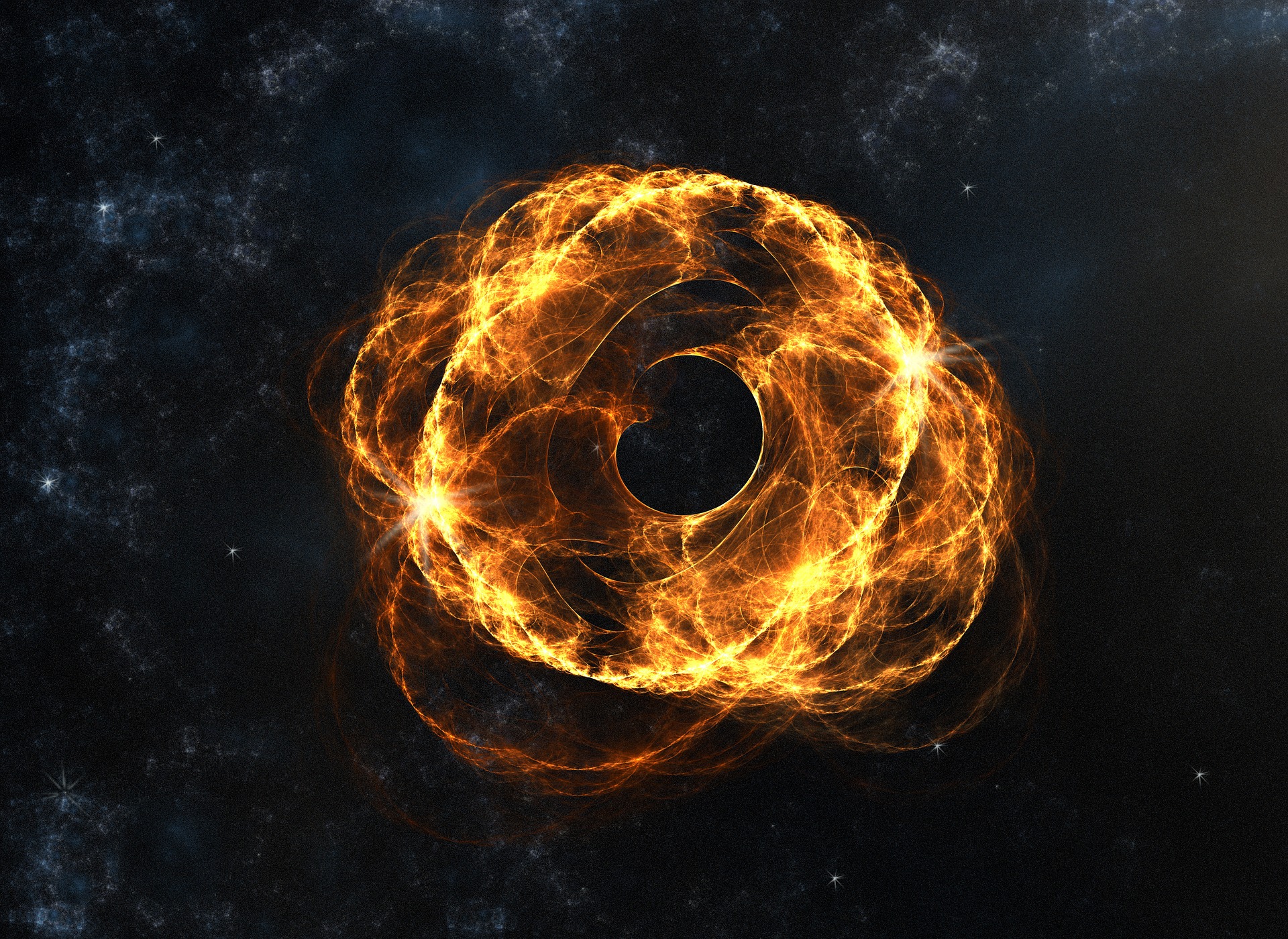Solar Flares: A Threat to Earth?
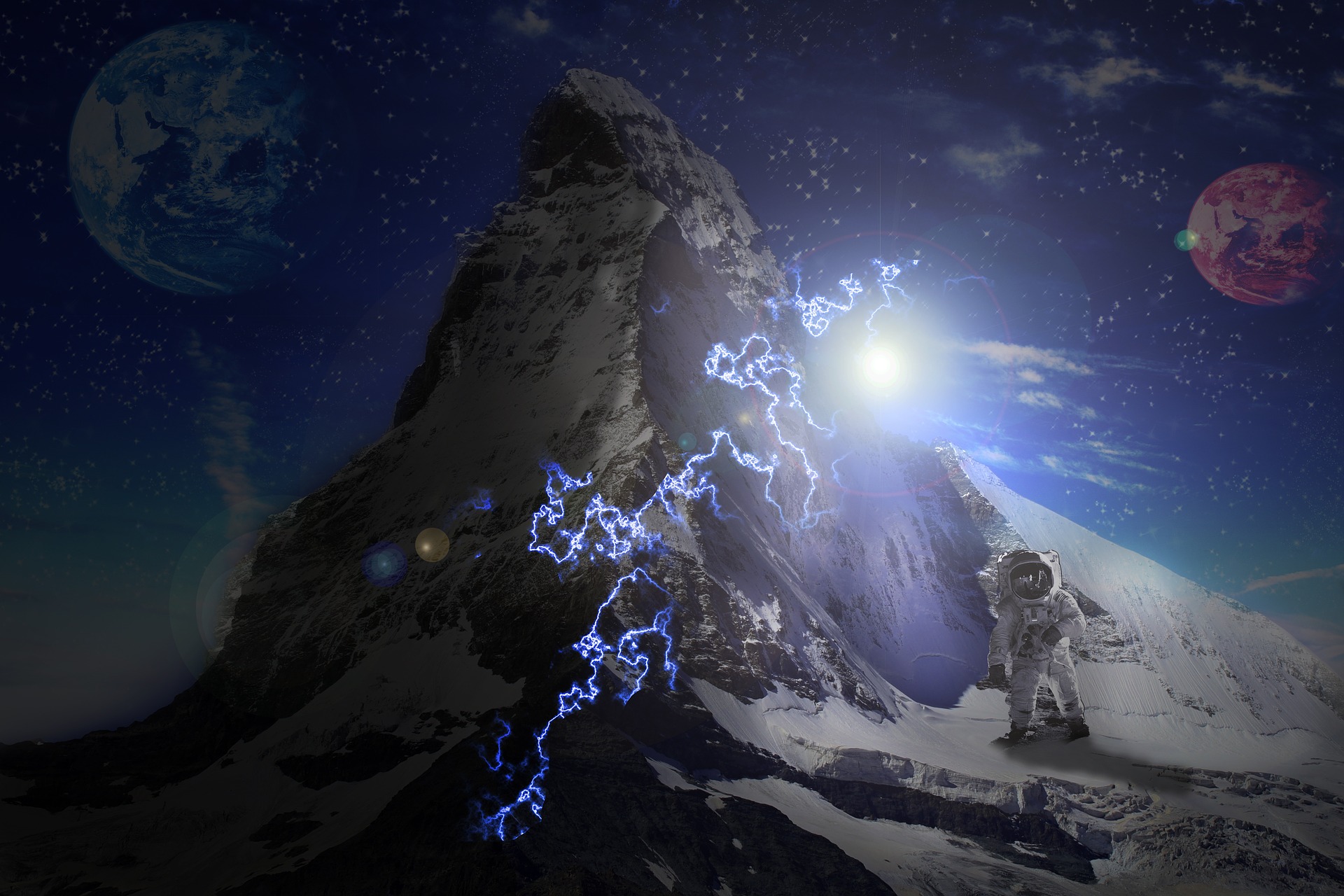
As of scientist’s measurement, the sun is approximately 149 million km far from the earth. When talking about things in space, 149 million km is really not that big of a number. Earth is in a closer proximity to the sun than most of other planets in the solar system. For example, Jupiter is 749 million km far from the sun, Saturn is 1.4 billion km and it gets more and more absurd when we get to know the distance of Uranus and Neptune from the sun which is 2.9 Billion and 4.4 Billion km respectively. But, even being in quite close proxy to the sun, the earth meets all the requirements for life to exist. Earth is the most balanced planet in the solar system due to its size, content and distance from the sun. However, solar events like solar flares are consistent threats to the earth.
What are Solar Flares?
Being in a close proxy to the sun consist of its own consequences. The sun is considered to be a yellow dwarf star and it’s quite larger than average stars. Because of its large mass, events that occur in the sun tend to cover large scale as well. So lar flare is a perfect example. A solar flare is sudden flash of increased brightness of the sun which can occur near its surface and in close proximity to a sunspot group.
A typical solar flare covers 100,000 km or around 10 times the diameter of the earth whereas larger and rarer ones could reach over half a million km. Solar flares when erupted release 10 to the power 27 ergs per second in typical ones and the number could extend up to 10 to the power 32 ergs per second in larger ones. For comparison, this energy is ten million times greater than that of a volcanic explosion.
What can they do?
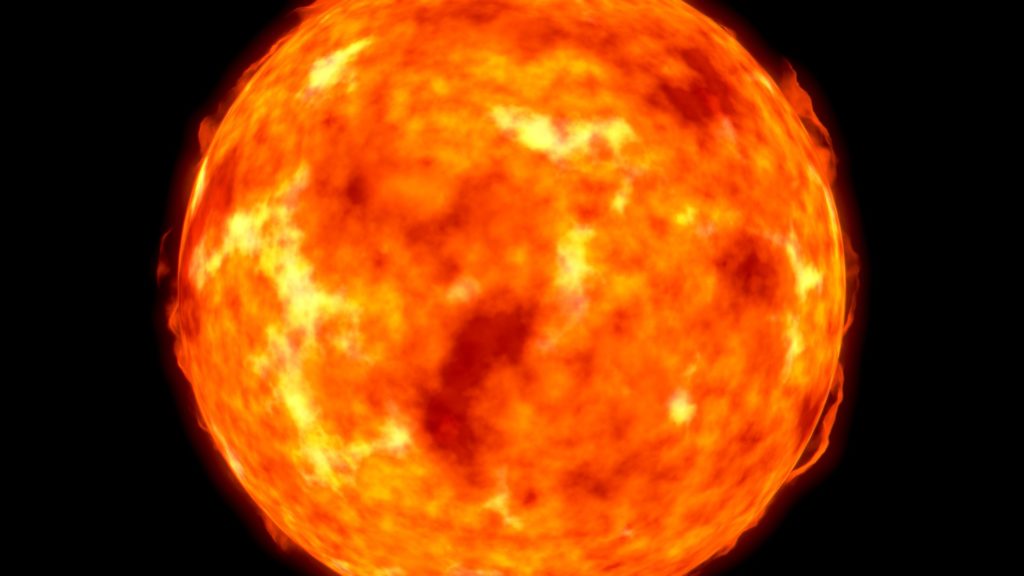
Also, solar flares consist of large amount of harmful radiations which can cause organ damage or even cancer to people on the earth if it ever strikes. But, a solar flare big enough to reach the earth or to come anywhere near it is very rare. But even if somehow it manages to strike the earth, it doesn’t quite have the potential to wipe out life from the earth as speculated by people. I am not saying that solar flare isn’t dangerous–it is a very dangerous event and could harm living beings and Ozone layer of the earth which prevents any harmful radiations from entering the earth. Suppose, if solar flares keep on striking the earth on a regular basis it might destroy the Ozone layer and could slowly cause extinction of life. But solar flare striking the earth in a regular basis is theoretically and practically impossible.
Also Read : A dense stream of solar wind enveloped Earth: Reports
Remarkable Flares in Known History
As for now, the largest and first documented solar flare event that impacted the earth is known as ‘The Carrington Event’ which was named after Richard Carrington who was a solar astronomer at the time. He witnessed the event through his private observatory telescope. This event occurred in 1859 September 1st. Also, as that event occurred in 1860s, electricity and technologies were not developed well yet–that’s why it didn’t cause any issues back then.
Another major solar flare that struck the earth was on 13th of March 1989. Unlike The Carrington Event, when that solar flare took place, electricity and technology were already developed well, and as a result of it, a Canadian province named Quebec faced power blackout which left six million people without any electricity for 9 hours straight. Even though it caused some chaos in Canada, according to the NASA’s scientists, it was nowhere close to the scale of The Carrington Event.
Solar Flares Detected in 21st Century
Moving to July 14, 2000, another large solar flare managed to hit the earth. This flare was named as The Bastille Day Event after the French holiday which coincidently was same day as of the flare’s impact on Earth. At that time, this flare was also announced as the second largest flare documented to impact the earth after The Carrington Event. The Bastille Day Event also caused short-circuit in some satellites which led to radio blackouts. It was registered X5 on the scale of solar flares.
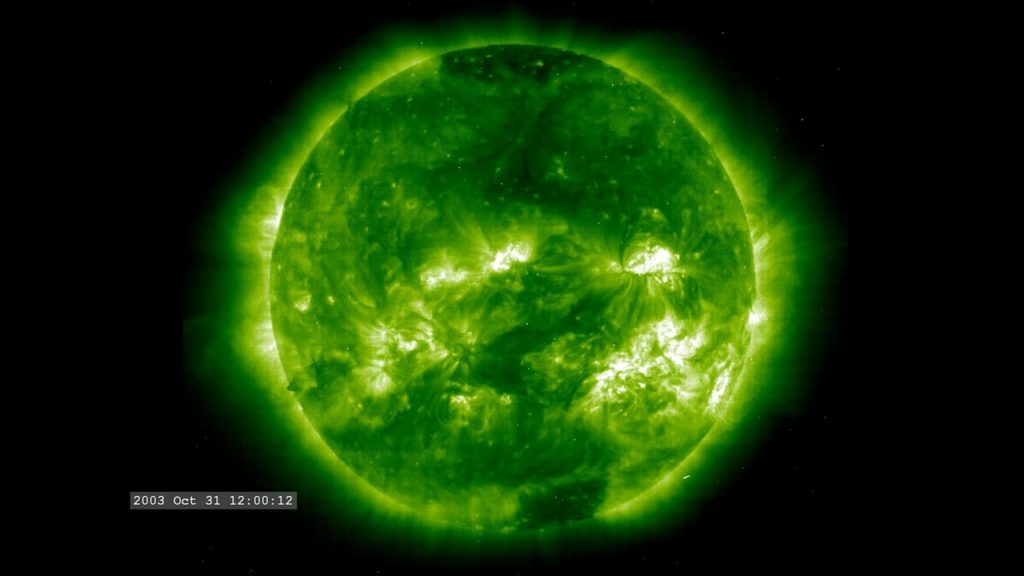
Similarly, two more major solar flares struck the earth in 2003 and 2006 respectively. These flares were so powerful that one of them managed to damage the X-ray imager instrument on the GOES 13 satellite that snapped its picture and one destructed the spacecraft sensor measuring it.
Conclusion
Even though solar flares could be destructive sometimes and they are consistent threats to the life on earth, it cannot wipe out entire life and the ecosystem from the earth as from above information. So there is no reason to be worried about solar flares destroying life on Earth.
Written By: Meek


